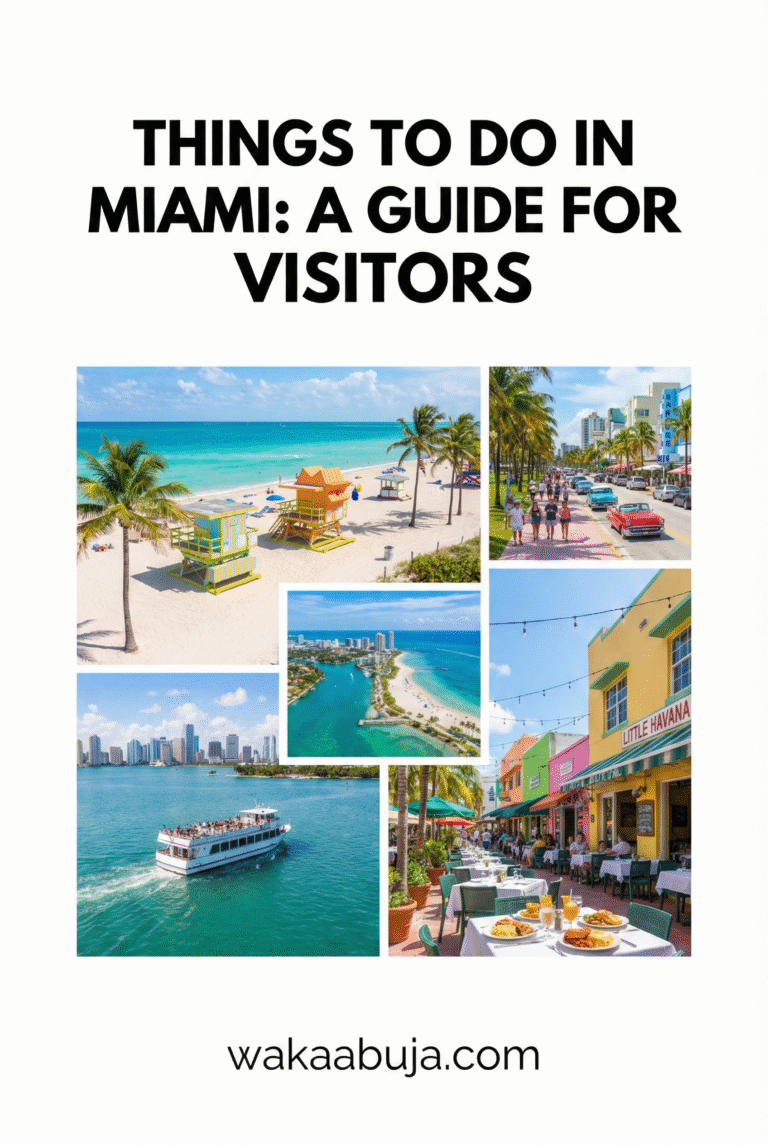TL;DR—Quick Highlights
Cape Point is a breathtaking nature reserve at the southern tip of South Africa’s Cape Peninsula, where the Atlantic and Indian Oceans meet.
Expect dramatic cliffs, rich biodiversity, historic lighthouses, and unforgettable hiking trails. Best visited from October to March for optimal weather. Key activities include the Flying Dutchman funicular ride, wildlife spotting, scenic hikes, and exploring the nearby Boulders Beach penguin colony.
Budget around R350–R500 for entry and meals, with affordable tours available. Safety tips include staying on marked paths and watching out for baboons.
Accommodation options range from cozy guesthouses to lodges nearby. Getting there is easiest by rental car or guided tour from Cape Town (~1 hour drive). This guide offers detailed tips, personal insights, and emergency contacts to ensure a smooth, memorable visit.
Discover Cape Point: What Makes It Unmissable?
Standing at the edge of the continent, Cape Point is one of my all-time favorite spots in South Africa. The rugged cliffs soar over 200 meters above the ocean, offering panoramic views that make you feel like you’re gazing into infinity. Here, the Atlantic and Indian Oceans converge, creating dramatic seascapes and a unique ecosystem recognized as part of the UNESCO-listed Cape Floral Region.
What truly sets Cape Point apart is its blend of natural beauty and rich history. The iconic Cape Point Lighthouse, perched atop steep cliffs, is a living monument to centuries of maritime exploration and shipwreck tales. Hiking up to the lighthouse is a must—the views are worth every step. For a more relaxed ascent, the Flying Dutchman funicular offers a scenic ride with breathtaking vistas.
Wildlife enthusiasts will be thrilled by the diversity here: from baboons and elands to over 250 bird species. Nearby, Boulders Beach is home to a charming colony of African penguins, a perfect complement to your Cape Point adventure.
Top Things to See and Do at Cape Point
1. Ride the Flying Dutchman Funicular
A scenic, effortless funicular ride takes you from the base to the viewing point just below the lighthouse. It’s perfect for all ages and offers stunning coastal views during the ascent.
2. Hike to Cape Point Lighthouse
For the more adventurous, the hike to the lighthouse rewards you with panoramic views of the ocean and cliffs. The trail is steep but well-marked, and the summit is a spectacular photo spot.
3. Explore the Shipwreck Trail
Discover the maritime history by walking along the Shipwreck Trail, where you can see remnants of 26 recorded shipwrecks and hear stories of legendary explorers like Vasco da Gama and Bartolomeu Dias.
4. Visit Boulders Beach for Penguins
Just a short drive away, Boulders Beach is famous for its African penguin colony. It’s a delightful experience to watch these charming birds in their natural habitat up close.
5. Wildlife and Bird Watching
Keep your binoculars handy to spot baboons, elands, Cape mountain zebras, and a variety of endemic birds. The reserve’s biodiversity is remarkable and a treat for nature lovers.
6. Dine at Two Oceans Restaurant
Enjoy world-class cuisine with spectacular views over False Bay. It’s the perfect spot to relax after a day of exploring, with a menu featuring fresh local seafood and South African specialties.
How to Get to Cape Point & Getting Around
Getting to Cape Point is straightforward and can be tailored to your travel style:
- By Car: Renting a car is the most flexible option. Cape Point is about a 1-hour drive from Cape Town via the scenic M3 and Ou Kaapse Weg routes.
- Guided Tours: Numerous day tours depart Cape Town daily, including luxury coach tours and private guides. These often include stops at Boulders Beach and the Cape of Good Hope.
- Public Transport: Limited options exist; however, shuttle services and taxis can be arranged, though they are less convenient.
Once inside the reserve, walking and the funicular are the best ways to explore. There are well-marked trails for all fitness levels.
When to Visit Cape Point for the Best Experience
My personal recommendation is to visit between October and March. This period offers warm, sunny weather and clear skies, ideal for hiking and wildlife spotting. Winter months (June to August) can be windy and rainy but also offer whale-watching opportunities along the coast.
Arriving early in the morning helps you avoid crowds and catch the soft morning light for photography. Weekdays are generally quieter than weekends.
Where to Stay Near Cape Point
Accommodation options near Cape Point range from cozy guesthouses to boutique lodges. Here are some favorites based on my visits and guest reviews:
1. Cape Point Vineyards Guest House
Set amidst vineyards, this guesthouse offers tranquility with modern comforts, great for couples and nature lovers.
2. Simon’s Town Boutique Hotels
Just 20 minutes away, Simon’s Town has charming B&Bs and hotels with easy access to Cape Point and Boulders Beach.
3. Buffels Bay Lodge
Close to the reserve entrance, this lodge offers comfortable rooms with ocean views, ideal for early risers.
Typical Costs & Budgeting Tips
Planning your budget is crucial for a stress-free visit. Here’s a breakdown based on current prices and my experience:
Entry Fee
Approximately R350 per adult for the Cape Point Nature Reserve. Children and seniors get discounted rates.
Funicular Ride
R50–R70 per person for the Flying Dutchman funicular, a worthwhile convenience.
Meals
Dining at Two Oceans Restaurant averages R150–R250 per meal, with lighter options at nearby kiosks for under R100.
Tours
Guided day tours from Cape Town range between R700 and R1200, often including Boulders Beach and transport.
Money-saving tip: Bring your own snacks and water, and consider self-driving to avoid tour premiums. Booking tours online in advance can secure discounts.
Safety Tips for a Worry-Free Visit
From personal experience and local advice, here are essential safety tips for Cape Point:
- Stay on marked trails to avoid dangerous cliffs and unstable ground.
- Keep a safe distance from baboons; they can be aggressive and are known to snatch food or belongings.
- Wear sturdy shoes for hiking and bring sun protection—hat, sunscreen, and sunglasses.
- Check weather conditions before heading out; strong winds can make some paths risky.
- Carry a fully charged phone and a small first aid kit.
Recommended Length of Stay & Nearby Attractions
I recommend allocating at least a full day to Cape Point to fully enjoy the reserve’s highlights without rushing. This includes time for hiking, wildlife viewing, and a meal with a view.
Nearby attractions worth exploring include
- Boulders Beach: Penguin colony and safe swimming spots.
- Simon’s Town: Charming seaside town with museums and cafes.
- Chapman’s Peak Drive: One of the world’s most scenic coastal routes.
Tours to Consider for a Deeper Experience
For those wanting expert guidance and convenience, here are some popular tours I’ve vetted personally:
Cape Point & Penguin Explorer Tour
A full-day guided tour including Cape Point, Cape of Good Hope, and Boulders Beach penguin colony. Includes luxury coach transport and knowledgeable guides.
Private Cape Point Hiking Tour
For hiking enthusiasts, this tour offers personalized trail routes with expert naturalist guides focusing on flora, fauna, and history.
Sunset & Whale Watching Cruise
Combine a visit to Cape Point with a boat cruise from nearby harbors to spot migrating whales (seasonal) and enjoy stunning coastal views from the water.
Emergency Contacts & Important Info
While Cape Point is generally safe, it’s wise to keep these contacts handy:
- Emergency Services (Police, Ambulance, Fire): 112 (South Africa’s universal emergency number)
- Cape Point Nature Reserve Office: +27 21 802 1600
- Tourist Police (Cape Town): +27 21 802 5555
- Local Medical Clinic (Simon’s Town): +27 21 802 2000
Exact Location & Map
Frequently Asked Questions (FAQs)
What is the best time of year to visit Cape Point?
October to March offers the best weather with warm, clear days ideal for hiking and wildlife viewing. Winter months bring whale watching but can be windy.
How long should I spend at Cape Point?
A full day is recommended to explore the main sights, hike trails, visit the lighthouse, and enjoy nearby attractions like Boulders Beach.
Is the Flying Dutchman funicular included in the entry fee?
No, the funicular ride costs an additional fee (around R50–R70) but is highly recommended for convenience and views.
Are there guided tours available?
Yes, many guided tours depart from Cape Town, including full-day trips that cover Cape Point, Boulders Beach, and the Cape of Good Hope.
What wildlife can I expect to see?
Baboons, elands, Cape mountain zebras, over 250 bird species, and the African penguins at Boulders Beach are common sightings.
Final Pro Tip
To truly savor Cape Point, start early, pack layers for changing weather, and bring a camera with extra batteries. Download the free Cape Point Audio Tour for fascinating insights as you explore. Respect the environment and wildlife to keep this natural wonder pristine for generations to come.
WakaAbuja has made every effort to ensure that the information in this post was correct at the time of publication. However, we do not assume any liability caused by errors such as pricing, hours, or location details.
Please consult official websites or social media pages for the most up-to-date information.




